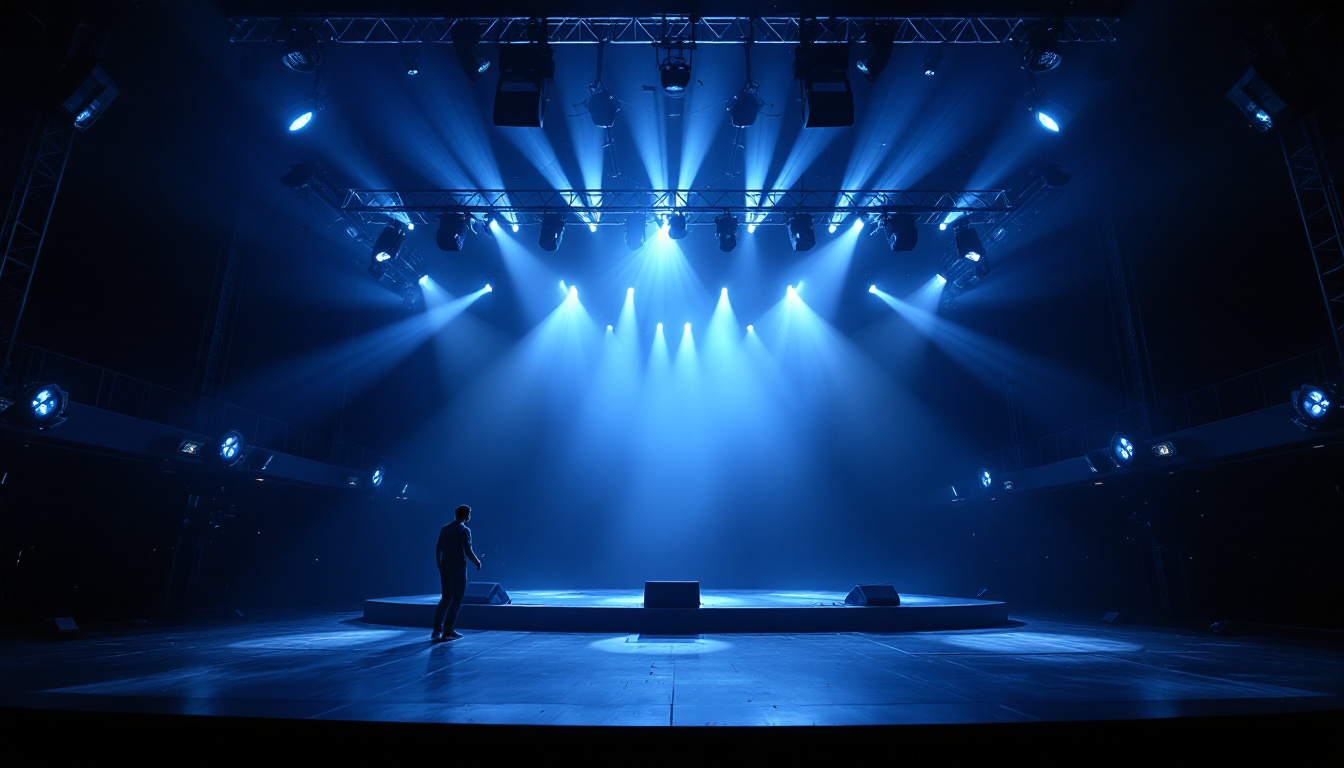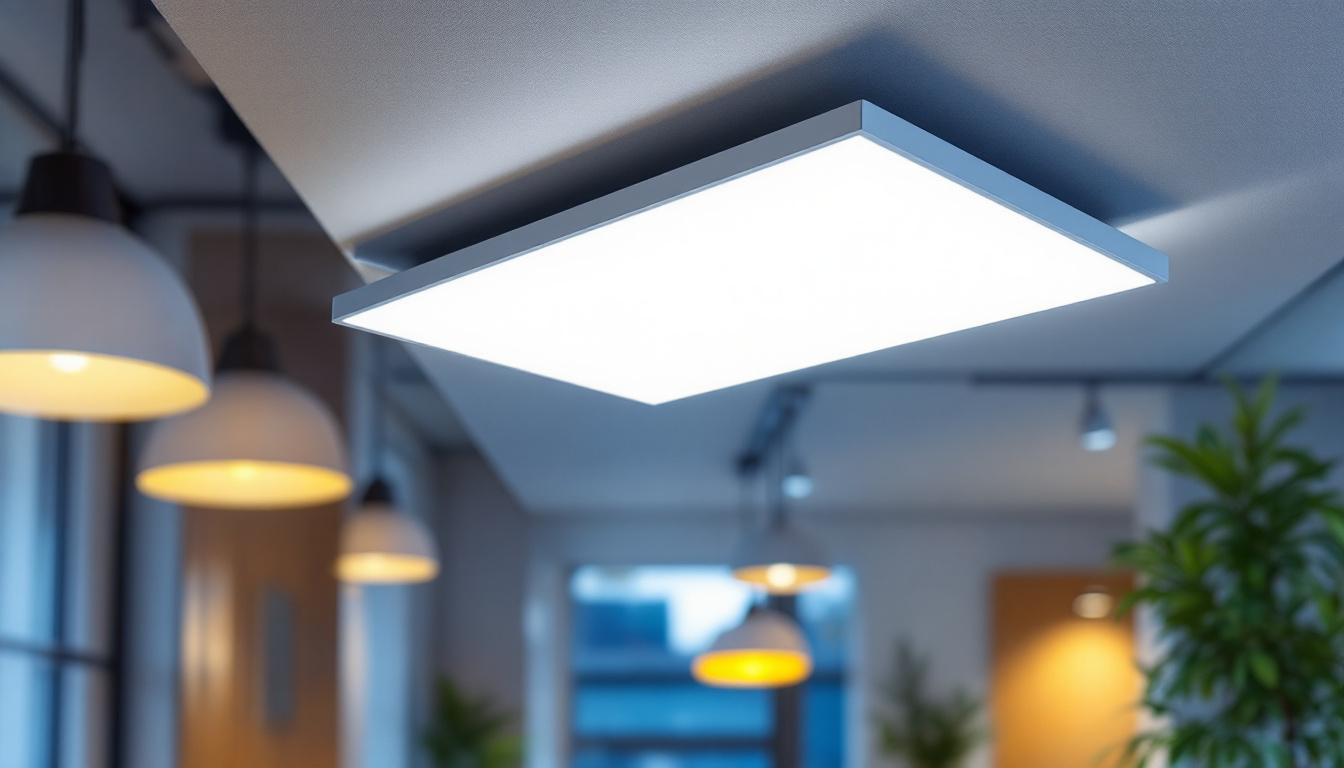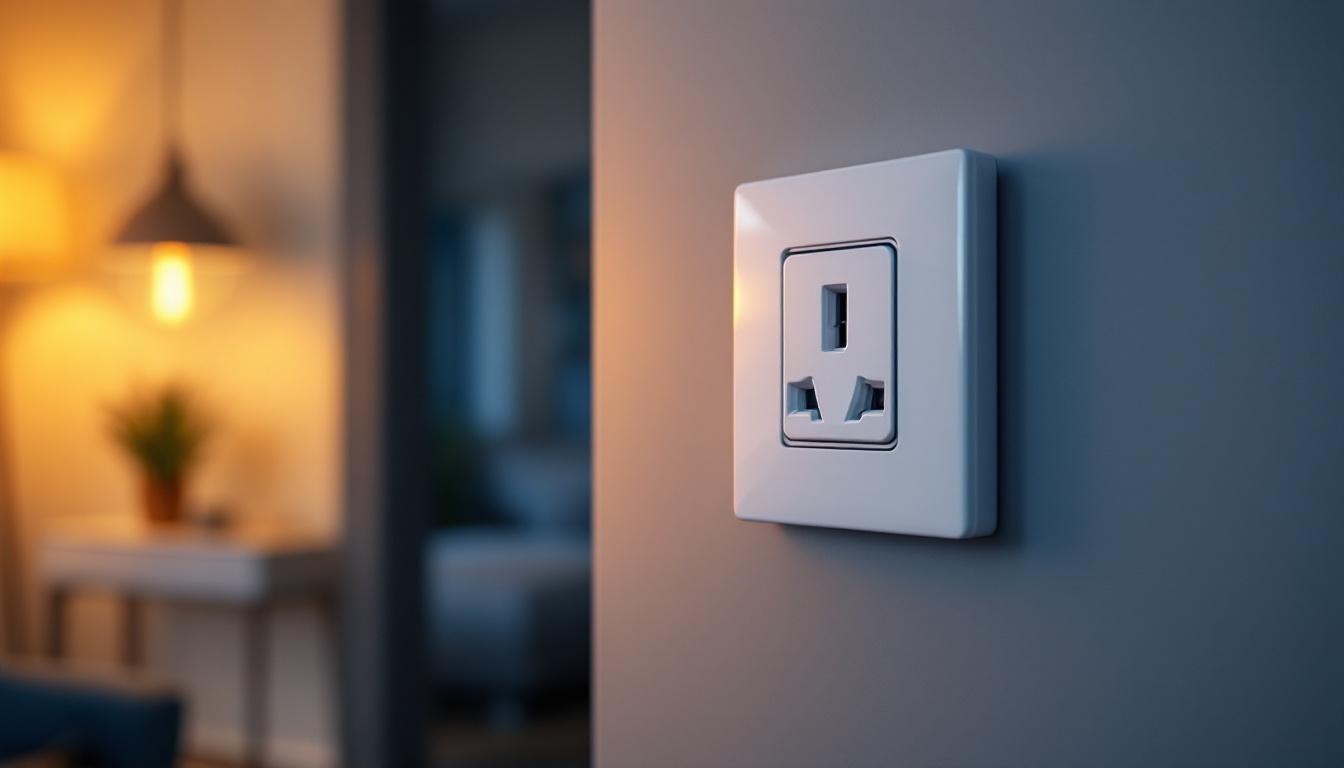
Theater lighting plays a pivotal role in the overall safety and functionality of lighting installations. The intricate interplay of light and shadow not only enhances the aesthetic appeal of performances but also ensures that both performers and audiences are safe. This article delves into the various aspects of theater lighting, focusing on how it enhances safety in lighting installations.
Understanding the safety measures associated with theater lighting is crucial for lighting contractors. As they design and implement lighting systems, they must consider not only the visual impact but also the safety of all individuals involved. This article will explore the various elements of theater lights that contribute to a safe environment.
One of the key components of theater lighting safety is the proper installation and maintenance of lighting fixtures. Regular inspections are essential to identify any potential hazards, such as frayed wires or loose connections, which could lead to electrical failures or fire risks. Additionally, the use of high-quality, heat-resistant materials in lighting fixtures helps to mitigate the risk of overheating, which can be particularly dangerous in a confined space like a theater. By adhering to strict safety protocols and utilizing the latest technology, lighting professionals can create a reliable and secure environment for both performers and audiences alike.
Moreover, the strategic placement of lights is vital for ensuring visibility and safety during performances. Well-placed lighting not only highlights the action on stage but also illuminates pathways and exits, reducing the risk of accidents. emergency lighting systems, which activate in the event of a power failure, are also an essential aspect of theater safety. These systems guide patrons safely out of the venue, ensuring that everyone can exit calmly and efficiently in case of an emergency. By integrating these safety features into the overall lighting design, theaters can provide a secure atmosphere that enhances the audience’s experience while prioritizing their well-being.
Theater lighting systems are complex networks that require careful planning and execution. They consist of various components, including fixtures, control systems, and safety features. Each component plays a critical role in ensuring that the lighting is effective and safe.
At the core of any theater lighting system are the fixtures themselves. These can range from traditional incandescent lights to modern LED systems. Each type of fixture has its own set of benefits and challenges, particularly in terms of safety. For instance, LED lights are often favored for their energy efficiency and lower heat output, reducing the risk of overheating and fire hazards. Additionally, many LED fixtures come equipped with advanced features such as color mixing and programmable settings, allowing designers to create dynamic and visually stunning effects that can transform the atmosphere of a performance.
Control systems are another essential component. These systems allow for the manipulation of lighting effects, dimming, and color changes, which can enhance safety by ensuring that lights are not blinding or distracting to performers and audiences alike. Properly programmed control systems can also ensure that emergency lighting is activated in case of a power failure. Furthermore, modern control systems often incorporate user-friendly interfaces, enabling lighting designers to make real-time adjustments during performances, which is crucial for maintaining the intended mood and ensuring the safety of all participants on stage.
Safety features are integral to any theater lighting installation. This includes the use of safety cables, proper mounting techniques, and the implementation of circuit breakers. Safety cables help to prevent fixtures from falling, while circuit breakers protect against electrical overloads that could lead to fires. Additionally, regular maintenance checks are essential to ensure that all components are functioning correctly and safely, as wear and tear can lead to unexpected failures that compromise safety.
Moreover, the layout of lighting fixtures must be meticulously planned to avoid creating blind spots or overly bright areas that could pose risks during performances. By ensuring that all lighting is evenly distributed and appropriately placed, lighting contractors can significantly enhance the safety of the installation. The strategic positioning of lights also plays a vital role in highlighting key elements of the performance, guiding the audience’s focus while maintaining an atmosphere of safety. The integration of emergency exit signs that are well-lit and visible, along with the careful consideration of light intensity and color, further contributes to a secure environment for both performers and spectators, ensuring that everyone can enjoy the show without unnecessary distractions or hazards.
Emergency lighting is a critical aspect of theater lighting design. In the event of a power failure or other emergency, having a reliable emergency lighting system can make all the difference in ensuring the safety of everyone in the venue.
Emergency lighting serves to illuminate exit paths and critical areas, guiding individuals safely out of the theater. This is particularly important in larger venues where panic can ensue if the lights go out. A well-designed emergency lighting system not only helps to prevent accidents but also instills confidence in the audience, knowing that their safety has been prioritized.
In addition to exit lighting, emergency systems can include backup power supplies that ensure critical lighting remains operational during a blackout. This redundancy is essential in maintaining safety standards and complying with regulations.
Establishing safety protocols is a fundamental aspect of any lighting installation. Lighting contractors should adhere to industry standards and local regulations to ensure that their installations are safe and compliant. This includes conducting regular inspections and maintenance of lighting fixtures and systems.
Training staff on emergency procedures and the proper use of lighting equipment is also vital. By ensuring that everyone involved understands the safety protocols, the risk of accidents can be significantly reduced. Regular drills can help reinforce these procedures, ensuring that they become second nature during actual emergencies.
As technology continues to evolve, so too do the safety features available in theater lighting systems. Innovations in lighting technology not only enhance the quality of performances but also contribute to safer installations.
Smart lighting systems have emerged as a game-changer in the industry. These systems can be programmed to respond to various conditions, such as occupancy or ambient light levels. This adaptability can enhance safety by ensuring that lights are only active when needed, reducing the risk of electrical issues.
Furthermore, smart systems often come equipped with diagnostic capabilities that can alert technicians to potential problems before they escalate. This proactive approach to maintenance can prevent accidents and ensure that lighting systems remain safe and functional.
The transition to LED technology has brought about significant safety benefits. LEDs produce less heat compared to traditional lighting options, reducing the risk of burns or fires. Additionally, their longer lifespan means fewer replacements, which can minimize the risks associated with maintenance work.
Moreover, LEDs are often more durable and resistant to damage, which can further enhance safety in high-traffic areas of theaters. Their energy efficiency also contributes to overall safety by reducing the load on electrical systems, thereby decreasing the likelihood of overloads.
Lighting contractors play a crucial role in ensuring that theater lighting installations are safe and effective. By following best practices, they can enhance the safety of their projects and provide peace of mind for venue operators and audiences alike.
Before any installation, it is essential to conduct a thorough assessment of the venue. This includes evaluating the existing electrical infrastructure, understanding the layout of the space, and identifying potential hazards. By recognizing these factors early on, contractors can design lighting systems that mitigate risks and enhance safety.
Additionally, engaging with venue operators to understand their specific needs and concerns can lead to more tailored solutions. This collaborative approach ensures that all safety aspects are considered from the outset.
Regular maintenance and inspections are vital for ensuring the ongoing safety of theater lighting installations. Lighting contractors should establish a maintenance schedule that includes checking fixtures, control systems, and emergency lighting. This proactive approach can help identify potential issues before they become serious problems.
Documenting maintenance activities can also provide valuable insights into the performance of the lighting system over time. This information can be useful for future installations and can help contractors refine their practices to enhance safety further.
In the world of theater, lighting is more than just a tool for aesthetics; it is a crucial element that enhances safety. By understanding the various components of theater lighting systems and implementing best practices, lighting contractors can create installations that not only look impressive but also prioritize the safety of performers and audiences.
As technology continues to advance and new safety features become available, the potential for enhancing safety in theater lighting installations will only grow. By staying informed and adaptable, lighting contractors can ensure that their projects meet the highest standards of safety and effectiveness.
Ultimately, the goal is to create an environment where creativity can flourish without compromising safety. By focusing on these principles, lighting contractors can contribute to the success of theater productions while ensuring the well-being of everyone involved.
Ready to elevate your theater lighting installations with the highest standards of safety and performance? Look no further than LumenWholesale, where we provide lighting contractors with spec-grade lighting products at unbeatable wholesale prices. Our extensive selection is designed to meet the most rigorous industry standards, ensuring that your creative vision is supported by reliable and efficient lighting solutions. Plus, with free shipping on bulk orders, you can get premium lighting at the best value — all without hidden fees or compromises. Enhance the safety and aesthetics of your next theater project with LumenWholesale. Wholesale Lighting at the Best Value.

Discover how the versatile 2X4 troffer can be your secret weapon in securing more lighting contracts.

Discover the essential checklist for lighting contractors when installing garage outside lights.

Explore the essentials of square outlets in this comprehensive guide tailored for lighting contractors.

Explore the pros and cons of Frame Lights LED versus alternative lighting solutions in this comprehensive guide tailored for lighting contractors.